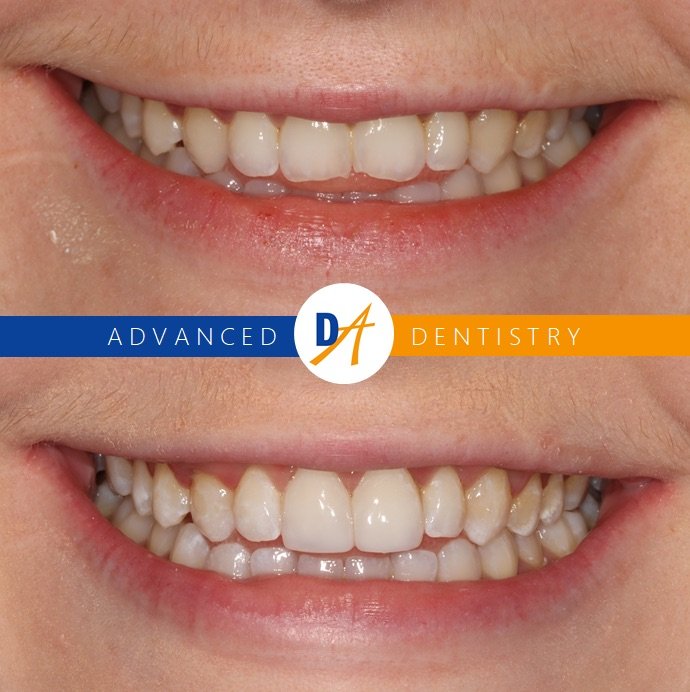
Composite Bonding.
Composite bonding, as the name suggests, involves bonding a tooth-coloured filling material called composite to your teeth. It can be used on a single tooth or multiple teeth for more of a smile makeover and can improve the shape and appearance of your teeth, repair chipped, discoloured, and worn teeth, or fill gaps and restore cavities.
Let’s get started!
Book an appointment online right now !
HOW IT WORKS
-
In the average patient composite bonding can last around 3-5 years, if maintained and looked after correctly.
We recommend all our patients to maintain regular examinations and hygiene visits to review and maintain the health of your mouth, teeth and the bonding.
We also recommend our patients with composite bonding to have a 6 monthly or annual appointment to condition and polish the composite bonding, to keep them looking their best.
-
If you would like a whiter and brighter smile, we recommend you complete tooth whitening before any bonding is placed on your teeth.
This is because the composite material does not change colour and lighten with whitening products. Once you have whitened your teeth the bonding can be matched and blended to your whitened teeth.
-
Composite Edge Bonding specifically means that the composite is applied only to the edges and not to the entire surface of the tooth or teeth. This is usually used where teeth are well aligned and have no major issues of discolouration or wear and tear.
Composite Veneers use the same material to cover the whole front surface of the tooth, they not only improve the shape of a tooth, but can also lighten the colour and enhance its positioning to give the illusion of straighter teeth.
-
Composite bonding is a very minimally invasive treatment.
The composite material is simply added to the tooth and no damage is done to your natural teeth.
-
Yes of course, it can be carefully removed by one of our trained and experienced dentist, leaving virtually no damage to your teeth underneath!
-
The main alternative to composite bonding is PORCELAIN VENEERS (follow the link for more information). This is a thin layer of hand-crafted porcelain, that fits over the front surface of a tooth to create natural-looking results.
Porcelain Veneers last longer and have far greater aesthetic capabilities than composite bonding, however, they usually require some preparation to be done to your tooth to make space for the veneer to sit. Composite Bonding is a quicker, more affordable and less-invasive option, however, it wont last as longs as porcelain veneers. It can stain over time and is more likely to chip and require repair if damaged or broken.
There are advantages and disadvantages to both composite bonding and porcelain veneers, and the key message is that not one size fits all. One of our dentists will be able to advise you on whether composite bonding is the right treatment for you, or if alternative options may need to be considered.







